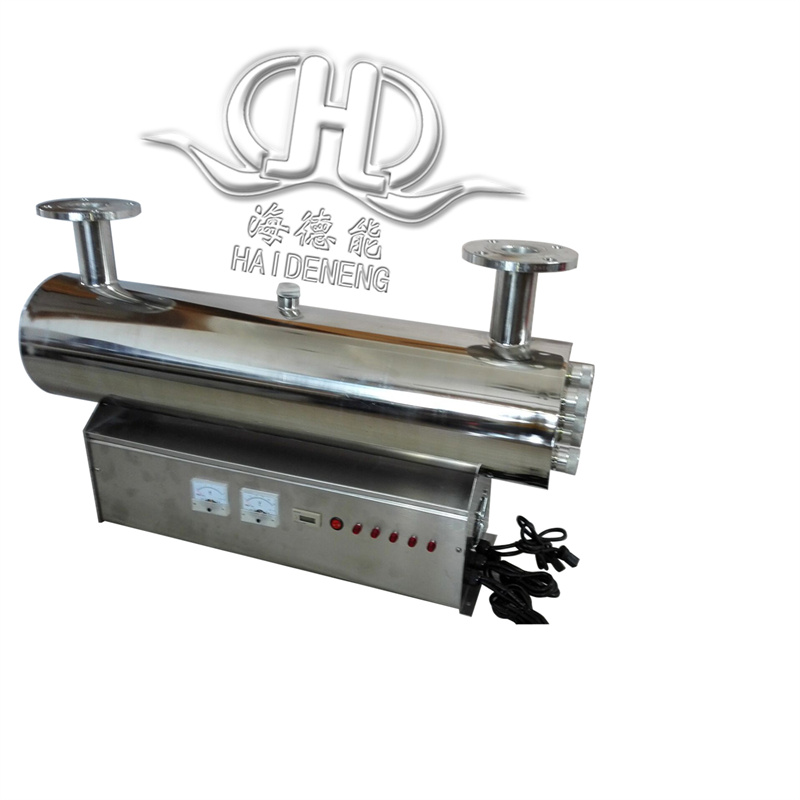Sand Filter Carbon Filter Belt Softening Fully Automatic Fine Filtration Water Quality Pretreatment Equipment
Product description
This type of water quality pretreatment equipment is the front-end core processing unit of industrial, commercial, and civilian pure water systems. Through multi-stage physical and chemical synergistic treatment, it removes suspended solids, organic matter, hardness substances, and small impurities from raw water, providing qualified influent for subsequent deep treatment (such as reverse osmosis and ultrafiltration), ensuring stable operation of back-end equipment and extending its service life. The following provides a detailed explanation from three aspects: core components, working principles, and functional characteristics:
1、 Core components and functions
1. Sand Filter Unit
Construction: It is usually a pressurized tank body filled with quartz sand of different particle sizes (upper coarse sand, lower fine sand), equipped with automatic control valves (to control backwashing and forward washing processes).
Function:
Remove suspended solids (SS) from raw water, such as sediment, rust, colloidal particles, etc;
Reduce the turbidity of water (usually by reducing the turbidity from 10NTU to below 1NTU);
Intercept large particle impurities to avoid scratching subsequent precision filter materials or blocking softened resin.
2. Carbon Filter Unit
Construction: Pressure bearing tank body, filled with granular activated carbon (coconut shell carbon, coal based carbon, etc.), and linked with sand filtration unit for control.
Function:
Absorb organic matter (such as pesticide residues, industrial solvents), odors, pigments, and residual chlorine in water;
Partial activated carbon can remove heavy metal ions (such as lead and mercury) from water;
Protect the subsequent softened resin and reverse osmosis membrane from residual chlorine oxidation damage (chlorine has strong corrosiveness to membrane components).
3. Water Softening System
Construction: resin tank (containing sodium ion exchange resin), salt tank (storing industrial salt for regeneration), automatic control valve (controlling softening and regeneration process).
Function:
By ion exchange reaction, calcium and magnesium ions in water are removed (i.e. reducing the hardness of water), avoiding the formation of scale during heating or evaporation;
Fully automatic regeneration: When the resin is saturated with adsorption, the equipment automatically starts the regeneration program (flushing the resin with salt water in the salt tank to restore its exchange capacity) without manual intervention.
4. Fine Filtration Unit
Construction: Security filter (mostly made of stainless steel or PVC), with built-in 5-10 μ m precision PP cotton filter or folding filter.
Function:
Retain small particles (such as resin fragments and activated carbon powder) remaining after pre-treatment;
As the “last line of defense” for backend deep processing (such as reverse osmosis), ensure that the inlet particle size is ≤ 5 μ m to avoid scratching the membrane components.
5. Fully automatic control system
Core components: PLC controller, liquid level sensor, flow sensor, electric valve.
Function:
Automatically control the operation sequence of each unit (such as sand filtration → carbon filtration → softening → precision filtration);
Automatically start backwashing (sand filter/carbon filter) and resin regeneration (softening unit) based on set parameters such as running time and pressure difference between inlet and outlet water;
Real time monitoring of equipment status, automatic alarm in case of abnormalities (such as filter blockage, salt tank shortage).
2、 Working principle
The equipment achieves water quality pretreatment through the logic of “step-by-step purification and segmented treatment”, and the process is as follows:
The raw water first enters the sand filtration unit: using the interception effect of quartz sand, large suspended particles and colloids are removed, reducing turbidity;
The effluent enters the carbon filtration unit: the porous structure of activated carbon adsorbs organic matter, residual chlorine, and odors, improving the chemical characteristics of water quality;
Further processing of softening unit: Sodium ion exchange resin replaces calcium and magnesium ions in water to reduce hardness (reaction formula: Ca ² ⁺+2NaR → CaR ₂+2Na ⁺);
Finally, it passes through a precision filter to intercept small impurities and ensure that the effluent meets the inlet standards of the subsequent treatment system (such as reverse osmosis inlet requirements: SDI ≤ 5, turbidity ≤ 1NTU, residual chlorine ≤ 0.1mg/L, hardness ≈ 0).
The entire process is automatically monitored by the control system, and maintenance processes such as backwashing and regeneration are adjusted according to water quality and operating time, achieving unmanned operation.
3、 Applicable scenarios and core functions
Applicable scenarios:
Industrial pure water systems (such as reverse osmosis front-end pretreatment for electronics, pharmaceuticals, and food processing);
Commercial water purification equipment (such as central water supply pretreatment in hotels and hospitals);
Boiler water replenishment treatment (removing hardness and preventing boiler scaling);
Water purification of circulating water systems such as car washing and swimming pools.
Core role:
Protect backend devices: avoid damage to precision components such as reverse osmosis membranes and ultrafiltration membranes from suspended solids, residual chlorine, and hard substances, and extend their service life (reduce replacement costs);
Improving effluent quality: providing stable inflow for subsequent deep treatment, ensuring that the final produced water meets the standards (such as pure water resistance and water quality safety);
Reduce operating energy consumption: Reduce the increase in energy consumption caused by equipment blockage or scaling (such as increased water pump pressure and decreased heating efficiency);
Fully automatic operation: reduces manual operation, lowers maintenance costs, and is suitable for large-scale and continuous water use scenarios.
This type of pretreatment equipment is the cornerstone of water purification systems, and its treatment effect directly affects the stability and economy of the entire system, especially in scenarios where the raw water quality is complex (such as high turbidity, high hardness, and high residual chlorine), it is indispensable.










